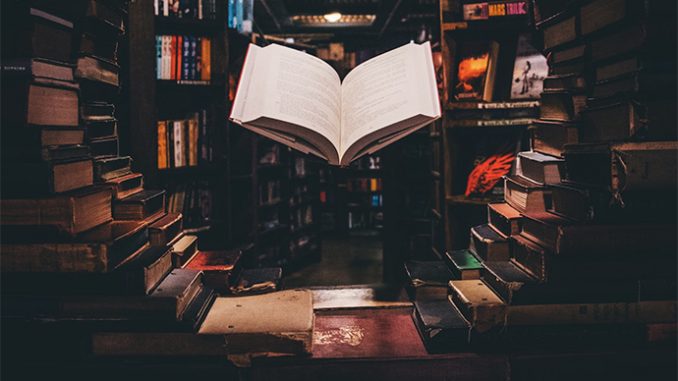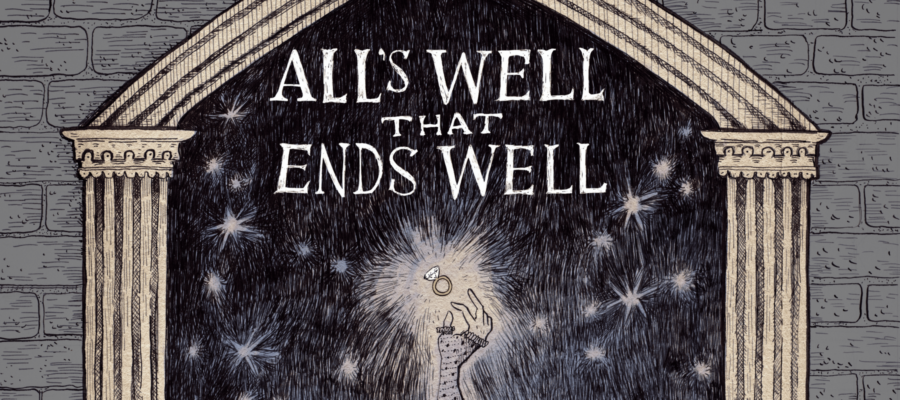Pareeshe Fatima
The enigmatic concept of “literature for literature’s sake,” also known as “art for art’s sake,” has captivated and challenged minds for centuries. At its core, it champions the intrinsic value of artistic expression, prioritizing aesthetic beauty, formal innovation, and emotional resonance over didacticism, social commentary, or political messaging. But is this purely self-referential approach truly justifiable, or does it risk retreating into an ivory tower of self-indulgence, blind to the complexities of the world we inhabit?
Enchantment and Exploration: Proponents of literature for literature’s sake celebrate its liberating potential. Freed from the shackles of external purpose, art becomes a playground for imagination, a domain where language dances, form transcends the mundane, and emotions find unfiltered expression. This creative exploration delves into the depths of human experience, unearthing universal truths and offering fresh perspectives on the human condition. The beauty and complexity of a perfectly crafted sentence, the evocative power of a well-chosen metaphor, or the emotional resonance of a poignant scene can have a profound impact on the reader, enriching their inner world and fostering empathy and understanding.
Form and Function: The emphasis on form and technique is an essential aspect of this concept. Writers like James Joyce, Oscar Wilde, and Virginia Woolf pushed the boundaries of language and narrative structure, experimenting with stream-of-consciousness, aestheticism, and feminist deconstruction. Their works, while challenging and often ambiguous, offer a unique aesthetic experience, demanding active engagement and rewarding the attentive reader with new ways of seeing and perceiving the world.
Beyond the Ivory Tower: However, the concept of literature for literature’s sake is not without its detractors. Critics argue that it can lead to self-indulgence and escapism, neglecting the artist’s responsibility to engage with the social and political realities of their time. Art, they contend, should not exist in a vacuum; it should illuminate the human condition, expose injustices, and offer commentary on the societal forces shaping our lives. Works like George Orwell’s “Animal Farm” or Toni Morrison’s “Beloved” exemplify how literature can grapple with complex social issues while retaining its aesthetic potency.
A Balancing Act: The true value of literature, perhaps, lies in a nuanced approach that avoids the binaries of pure aestheticism and stark social realism. Great literature can simultaneously embrace the intrinsic beauty of language and form while engaging with the world around it. Writers like Gabriel Garcia Marquez, Salman Rushdie, and Arundhati Roy weave intricate narratives that are both aesthetically compelling and profoundly insightful, offering both artistic pleasure and social commentary.
Ultimately, the concept of literature for literature’s sake remains a provocative and multifaceted one. Its emphasis on artistic freedom and formal innovation has yielded some of the most treasured works of human creativity. However, the artist’s gaze cannot, and should not, be entirely averted from the world we inhabit. The true power of literature lies in its ability to bridge the gap between aesthetic beauty and social relevance, offering both enchantment and enlightenment, delight and insight. It is in this delicate dance between form and function, self-expression and social engagement, that the most profound and enduring works of literature are born.
Please, subscribe to the YouTube channel of republicpolicy.com

















